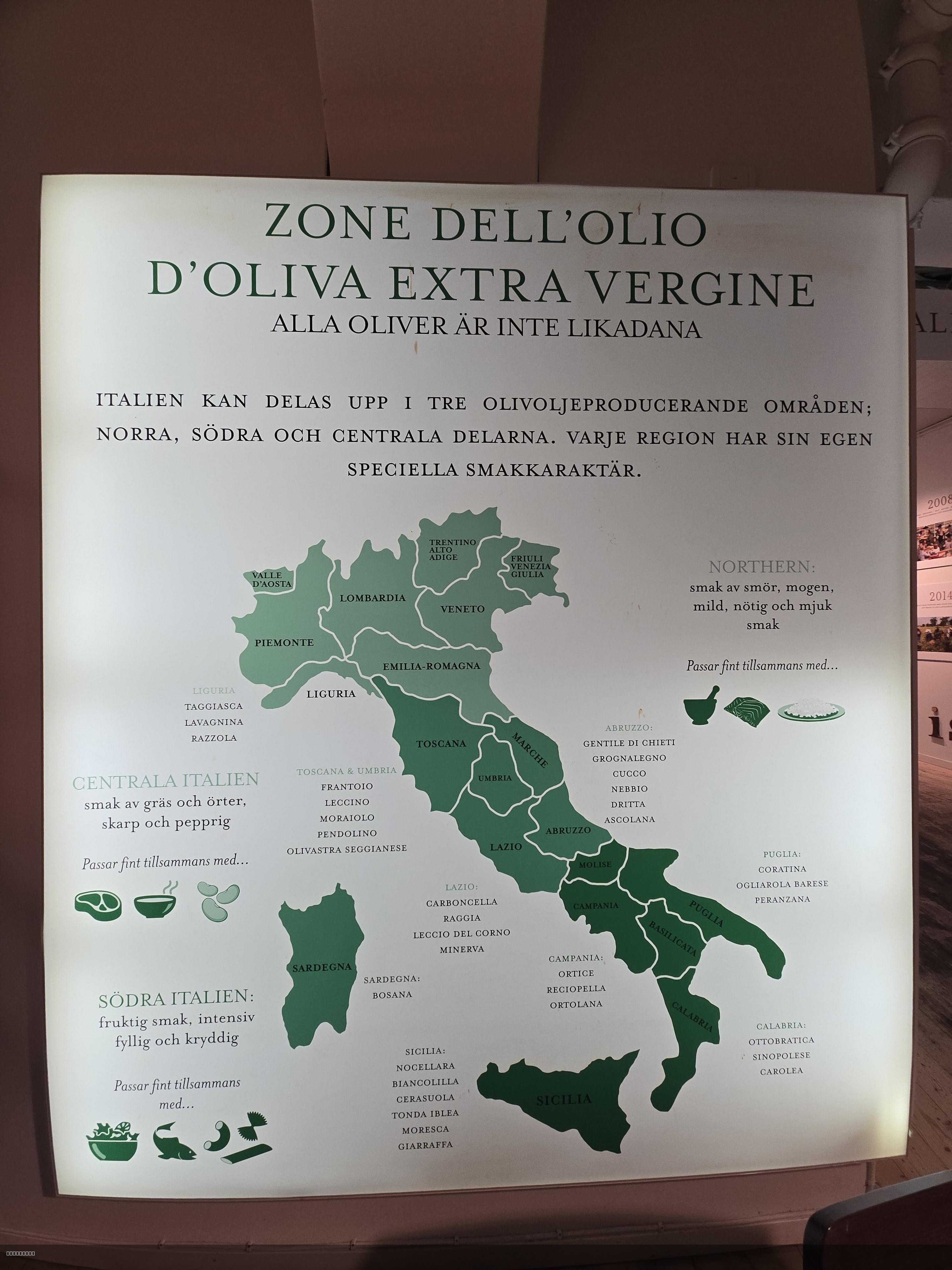Italy Olive Oil Production Areas Map


Alex Cartwright
Senior Cartographer & GIS Specialist
Alex Cartwright is a renowned cartographer and geographic information systems specialist with over 15 years of experience in spatial analysis and data...
Geographic Analysis
What This Map Shows
This map offers a detailed visualization of Italy's olive oil production areas, showcasing the regions where this beloved culinary staple is cultivated. Olive oil is not just a cooking ingredient in Italy; it's an essential component of the Mediterranean diet and a significant part of the country's cultural heritage. The map highlights the primary zones of olive cultivation, reflecting the diverse climates and geographies that contribute to the uniqueness of Italian olive oils.
Deep Dive into Olive Oil Production in Italy
Olive oil production in Italy is not merely an agricultural activity; it encompasses centuries of tradition and craftsmanship. Italy is one of the largest producers of olive oil in the world, and its production is concentrated in certain regions that boast the ideal climate and soil conditions for olive trees. The country is home to hundreds of olive varieties, each bringing its own distinct flavor and characteristics to the oil.
The primary olive oil-producing regions include Tuscany, Apulia (Puglia), Calabria, and Liguria. Tuscany, for example, is renowned for its high-quality extra virgin olive oil, often characterized by a fruity aroma and a peppery finish. In contrast, Apulia produces the highest quantity of olive oil in Italy, with vast groves stretching across the landscape. Interestingly, this region is known for its robust and grassy oils, thanks to the unique soil composition and favorable climate.
In Calabria, the olive oil has a distinct taste influenced by the region's mountainous terrain and coastal breezes. The combination of these elements contributes to a rich and flavorful oil that often features a hint of spiciness. Meanwhile, Liguria, known for its picturesque coastal scenery, produces a lighter, more delicate olive oil, often celebrated for its floral notes and low acidity.
According to the Italian Ministry of Agriculture, in 2021, Italy produced approximately 300,000 tons of olive oil, with extra virgin olive oil making up about 70% of total production. What’s fascinating is that despite the high production levels, Italy also imports and exports significant amounts of olive oil, influencing the global market and the perception of quality in olive oils worldwide.
Regional Analysis
When breaking down the map, it becomes evident that different regions have unique characteristics that impact their olive oil production. For instance, the Apulia region not only leads in quantity but also has a rich history of olive cultivation that dates back to ancient times. The local climate, characterized by hot summers and mild winters, is perfect for the growth of olive trees.
In Tuscany, the focus is often on quality rather than quantity. The region's strict regulations regarding olive oil production ensure that only the best oils are labeled as extra virgin. The Chianti area, famous for its wines, also produces exceptional olive oils, with many estates offering tours and tastings to showcase their products.
Calabria, with its rugged landscape, presents challenges for olive cultivation, yet the region’s commitment to preserving traditional practices has allowed it to thrive. The local cooperative model supports small farmers in producing high-quality oils that reflect the area’s unique terroir.
Liguria, known for its steep terraces, produces a smaller quantity of olive oil but is highly regarded for its quality. The region's specific microclimates create ideal conditions for the renowned Taggiasca olives, which are often used in local cuisine and are highly sought after.
Significance and Impact
Understanding Italy's olive oil regions is essential for appreciating the cultural and economic implications of this industry. Olive oil is not just a culinary ingredient; it plays a vital role in Italian identity and heritage. The production process, from harvesting to pressing, is steeped in tradition and showcases artisanal skills passed down through generations.
Moreover, the global demand for high-quality olive oil continues to rise, which presents both opportunities and challenges for Italian producers. Consumers worldwide are becoming more discerning, leading to a greater emphasis on authenticity and quality. This trend encourages producers to maintain high standards, but it also raises concerns about sustainability and the impact of climate change on olive cultivation.
As we look to the future, the olive oil industry in Italy faces both challenges and opportunities. Innovations in agricultural practices, a growing focus on organic farming, and the increasing popularity of Mediterranean diets suggest that Italian olive oil will continue to hold a prominent place in kitchens around the world. However, ongoing vigilance is needed to protect this valuable cultural resource from environmental threats and market fluctuations.
In conclusion, this map of Italy's olive oil production areas highlights not just the geographic distribution of olive cultivation, but also the rich cultural tapestry that surrounds this vital industry. By understanding these regions, we can appreciate the complexity and significance of olive oil in Italian life and beyond.
Visualization Details
- Published
- August 4, 2025
- Views
- 160
Comments
Loading comments...